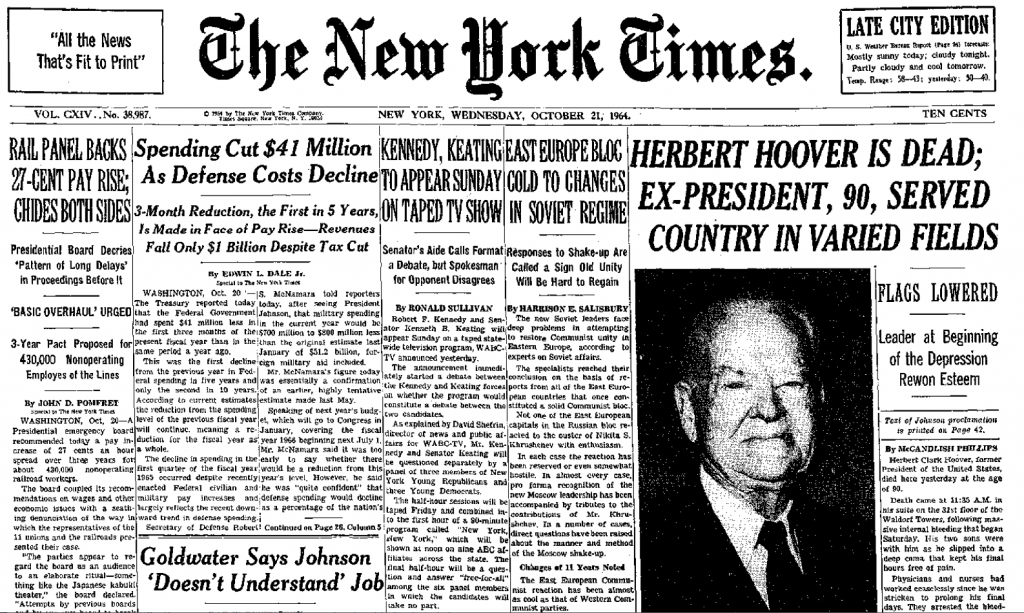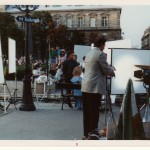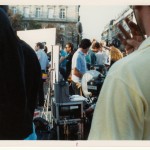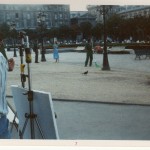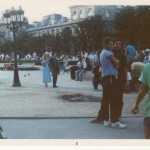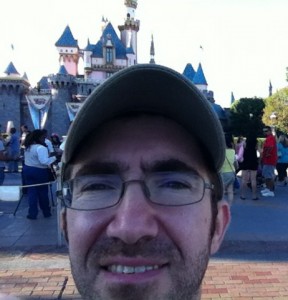
Last month I went to a work conference in Orange County in southern California. While I was there, I went to Disneyland. By myself.
When I told Matt several months ago that I’d be going to Orange County, he said, “You should totally go to Disneyland!” I said that I’d feel weird going there without him. We just took our first trip there last October, and I thought I’d feel sad and lonely being there by myself with nobody to share it with. I also thought I would feel weird being a man in my late 30s walking around Disneyland and going on rides by myself.
He responded that if the roles were reversed, he would have no qualms going without me. Gee, thanks, I said.
About a week before my trip, I started to regret that I hadn’t added an extra day before or after the conference to make a visit. I started to feel that it would be sad to be so close to Disneyland and not go. But it was too late to add an extra night at a hotel and to change my flight without paying an exorbitant fee. I thought maybe I could go on Friday after the conference ended for the day, but the regular price of a one-day/one-park ticket was $87, and Disneyland doesn’t sell half-day tickets. Since I wouldn’t be able to get to the park until late afternoon or early evening, $87 seemed way too much.
But then, while looking through my conference brochure, I saw a URL for discounted Disneyland tickets for conference attendees. It included a special , including a special rate for entrance to the Disneyland parks after 4 pm: $45 for one park, or $60 for both parks (Disneyland and Disney’s California Adventure). That was much more reasonable. So I bought myself a $60 park-hopper ticket using the special website.
And on Friday evening in California, after my conference ended, I went to Disneyland by myself.
One of the perks of visiting Disneyland by yourself is that you can take advantage of Single Rider lines at many attractions. They don’t really advertise this; you have to know about it. Basically, if you’re going on a ride alone, you can get on a special line with a much shorter wait, which they use to fill in gaps in the vehicles. I planned to use this as much as I could.
As I arrived at the main plaza between the two parks, I felt giddy. I couldn’t believe I was back here at Disneyland, unexpectedly, just nine months after my first visit.
I definitely planned to check out Cars Land, which was still under construction last fall, as well as the main entrance and plaza at California Adventure, which was totally chopped up last fall and covered with plywood walls due to major renovations.
But first, the main park.
As soon as I entered the Disneyland park, I rushed over to Space Mountain and got a FastPass. Then I rushed back to the other side of the park for my first priority: Pirates of the Caribbean.
The biggest disappointment of our trip to Disneyland last fall was that Pirates of the Caribbean was closed for renovation. I’d really been looking forward to riding it, because the Disneyland and Walt Disney World versions are quite different; the Disneyland version is the original, and it’s nearly twice as long as the WDW version.
Fortunately, I knew it was back open this time, so I rode it first. I felt weird holding up one finger when the ride attendant asked how many were in my party, but the feeling quickly passed. I got placed in the back row of one of the boats with the whole seat to myself. The ride was fun — although it almost felt too long. But that might be because the boats stopped moving halfway through the ride, due to some malfunction. For two minutes I was stuck in the ocean between two pirate ships shooting cannons at each other.
After Pirates of the Caribbean I went over and rode the Haunted Mansion, which is a classic.
I should note: one of the advantages of being at Disneyland by myself was that I could maneuver around crowds much more easily. I could spot gaps in the crowds and suddenly dart around groups of people without having to make sure Matt was behind me, so I could get from place to place comparatively quickly. Comparatively.
After the Haunted Mansion I went to Splash Mountain, where I used the Single Rider option for the first time. It was hard to find; I had to ask a few different attendants. The wait was about 20 minutes, but that was OK, because the main line had a wait of more than an hour.
I didn’t feel as weird as I thought I would riding by myself. Nobody really noticed. Nobody thought I was the creepy lonely guy.
Next was Indiana Jones, also via Single Rider.
Then I went over to the Matterhorn, which has Single Rider as well. I was really looking forward to this, because they’d made some changes since last fall, including new cars. The wait was so short that I got right back on line after my first go-round and rode it again, this time on the other track. So much fun.
Next was dinner, and then I used my Space Mountain FastPass. I had forgotten how much fun this ride was. I had a blast, as you can see:
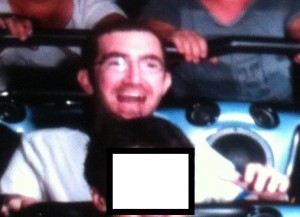
After I rode Space Mountain, the sun began to set, so I left Disneyland and headed over to Disney’s California Adventure in time to walk through Cars Land as dusk set in. I don’t know the Cars movies at all, but Cars Land is pretty cool — all lit up at night in neon.
Unfortunately, the headline attraction at Cars Land, the most popular ride, the ride everyone wants to go on — Radiator Springs Racers — was closed due to a technical malfunction. Had I got there earlier in the evening, I would have been able to ride it. But when I got there it had been shut down for an hour and they were saying it would probably be at least another hour before it was fixed. I was disappointed, because there wasn’t anything else in all of California Adventure that I felt like riding. And I wasn’t going to waste my time waiting for a ride that might or might not re-open. So I took a few photos and then went right back to Disneyland Park.
I went over to Fantasyland to try and ride Peter Pan’s Flight, which we’d missed last time, but all the Fantasyland rides were closed because they were getting ready for the fireworks. So instead I went over to Tomorrowland and rode Star Tours — where, for the third time in a row, including two rides on our previous visit, one of the two randomly-generated scenarios was the pod race.
Then I saw the fireworks, and then I was exhausted — still jet-lagged, plus I had to get up before 7 the next morning. So I left the parks, went to Downtown Disney, and took a cab back to my hotel. As I was in the cab, I went online and saw that Radiator Springs Racers had reopened. Dammit. But that was OK, because I would have been too tired to go back and wait on a 45-minutes-plus line anyway.
Other than some minor disappointments and snags, I had a great time at Disneyland by myself. It didn’t feel as weird as I thought it would. It’s definitely more fun with Matt, but going there by yourself isn’t too bad.

